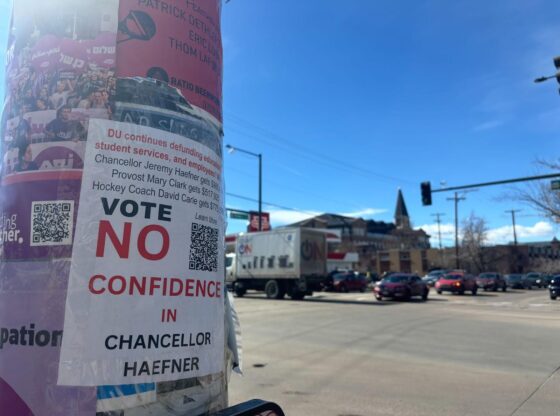On the first of November, in more than 50 cities around the world that ranged from Singapore to New York City to Tokyo, 20,000 Google employees walked out of their offices as an act of protest against “sexual harassment, misconduct, lack of transparency and a workplace that doesn’t work for everyone.”
Initially expecting only 1500, it is estimated that the organizers, operating under the name “Google Walkout for Real Change,” were able to mobilize 24 percent of the company’s workforce.
That day, they were working towards enlisting five demands: 1) an end to forced arbitration that prevents employees from seeking legal action in cases of harassment and discrimination, 2) a commitment to end pay and opportunity inequity, 3) a publicly disclosed sexual harassment transparency report, 4) a clear, uniform, globally inclusive process for reporting sexual misconduct safely and anonymously and 5) to have the Chief Diversity Officer answer directly to the CEO and to have an employee representative on the board of directors.
While the protests were spurred by a report The New York Times put out a week before on the company’s silent dealings with top-level employees accused of sexual conduct, the unrest that lies within Google’s workforce had been building for months.
In July of last year, now former Google engineer James Damore put out a memo discussing how gender inequality in the workplace could be attributed to “biology” and “personality differences.” Then, last fall, both Google employees and the Department of Labor filed lawsuits against the company that alleged women were unfairly being paid less than their male counterparts.
These precursors made it so when it came out that Andy Rubin—the head of the team that pioneered Android—had left the company with 90 million dollars after sexual misconduct claims were found to be credible, there was a global uproar from Google’s employees.
Rubin was one of three executives named in the report who had sexual misconduct claims made against him but had been allowed to continue working or had left with large sums of cash. In all cases, the company had kept these claims silent from the public and their workers, and the executives went on to find work at other major Silicon Valley companies.
Swiftly, the teams that had been praised as some of the most efficient in the world of technology and business assembled together to bring attention and garner support for their cause.
“All employees and contract workers across the company deserve to be safe,” the organizers wrote in a column for The Cut. “Sadly, the executive team has demonstrated through their lack of meaningful action that our safety is not a priority.”
Soon after, Google released a statement, pledging their commitment to follow through with several of the demands such as ending forced arbitration and being more transparent with sexual harassment reports. The workers, though, remain unsatisfied with this, and they are continuing talks with executives.
“The company must address issues of systemic racism and discrimination, including pay equity and rates of promotion,” the organizers wrote on Medium. “Sexual harassment is the symptom, not the cause. If we want to end sexual harassment in the workplace, we must fix these structural imbalances of power.”
The success these protests have found are not only indicative of the power workers hold when they band together, but of the potential for the entire patriarchal culture of Silicon Valley and big business to be dismantled.
Over the past year, large companies such as Uber and McDonald’s have also been accused in the past of being incompetent when approaching gender inequality in the workplace. With the rise of the #MeToo movement, more and more employees have come out with their own accounts of injustice, and the number of people #GoogleWalkout was able to reach has made the organizers hopeful that their movement can pioneer change throughout the whole technology industry.
As Meredith Whittaker, the organizer of the event, put it while addressing a crowd of demonstrators in New York City: “What you read in The New York Times is a small sampling of the thousands of stories we all have, the thousands of stories we carry for each other, the thousands of instances of abuse of power, discrimination, harassment and a pattern of unethical and thoughtless decision-making that has marked this company for the last year and that has marked our culture and scarred so many of us.”











